Being out in nature sure is one of the best things there is. Going on a day hike or spending a weekend camping can give one plenty of mental and physical benefits.
But like any other good thing, spending time in the woods or in the mountains means you’re exposed to certain dangers. One being poisonous plants.
It’s important to recognize the most common ones and learn the basic first aid if ever you encounter one of them.
RELATED: How To Prevent And Treat Poison Ivy, Oak, And Sumac
Learn About These Common Poisonous Plants In the Woods (Plus First Aid Tips!)
Here are some of the most common poisonous plants in the woods and how you can treat them when there’s contact:
Poison Ivy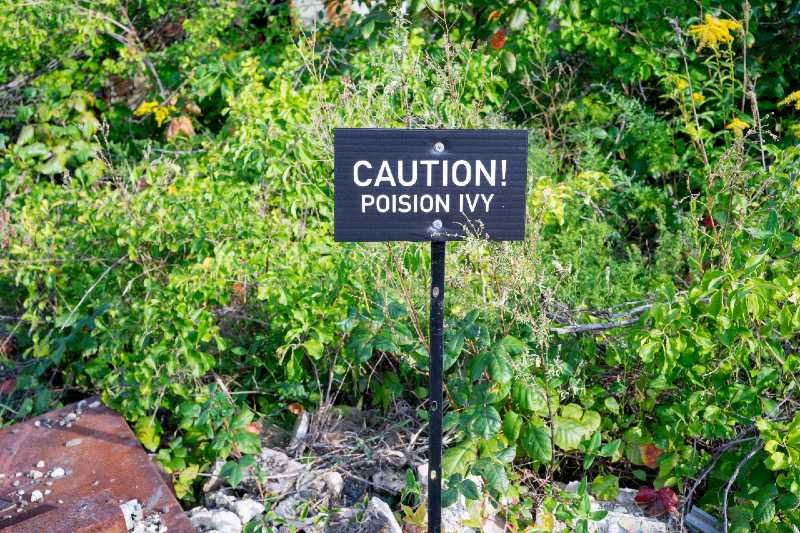
Everybody knows about poison ivy, as it is one of the most common plants that have to be avoided when you’re outdoors. The stem of this plant usually grows into 3 leaves, so they’re fairly easy to identify.
It grows as a vine in some parts of the country (East, Midwest, and South) but grows as a shrub in other parts (North and West).
The leaves of the poison ivy contain urushiol, an oily sap that can cause redness, itchiness, and swollenness in the skin.
Poison Oak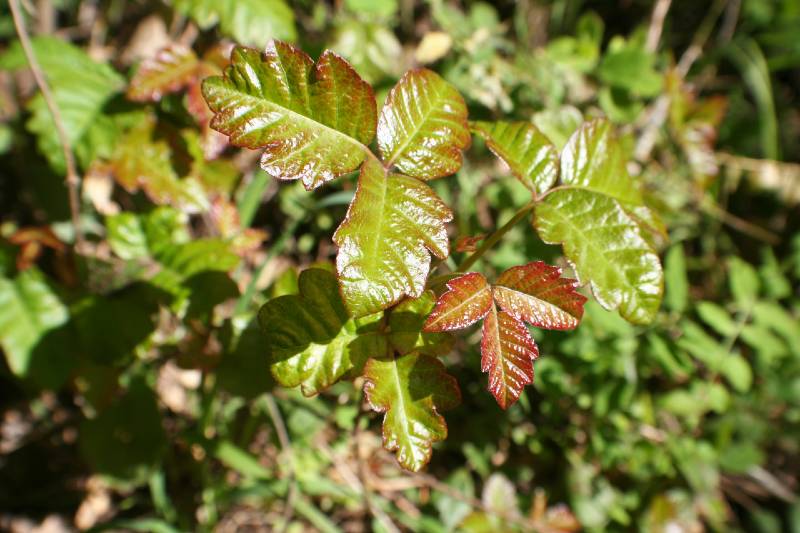
Poison oak is often mistaken as poison ivy. The leaves are a lot alike, but the leaves of the poison oak look more similar to those from an oak tree.
Poison oak leaves have tiny hairs in them and also contain urushiol. Unlike an allergic reaction to poison ivy, one’s skin may react to poison oak leaves hours or even days after contact.
Rashes from these may eventually turn into blisters that ooze.
Poison Sumac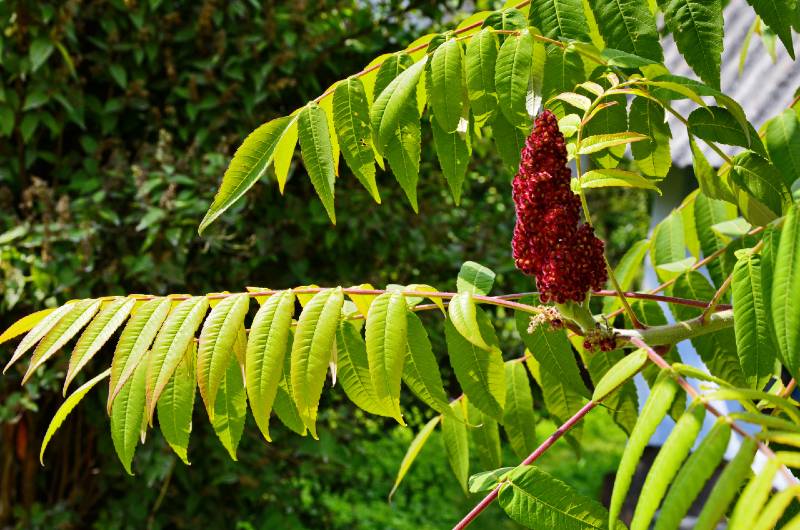
This plant is fairly easy to identify because each stem has clusters of drooping green berries, and contain about 7-13 leaves. They grow mostly in wet and swampy areas. Like the first two plants mentioned above, the leaves of sumac also contains urushiol which is the one that causes the allergic reaction.
First Aid
If your skin came in contact with any of these plants, wash the affected area immediately with warm soap and water. Remove contaminated clothing and seal it in plastic.
To relieve itching and redness, use a cold compress every 30 mins. You can also apply cortisone or calamine creams. Some people say oatmeal baths help a lot. Take oral antihistamines if there’s trouble falling asleep.
Seek medical help immediately if the person is having trouble breathing or swallowing, and if the rash covers a large part of the body.
The next time you’re outdoors, watch out for these common poisonous plants!

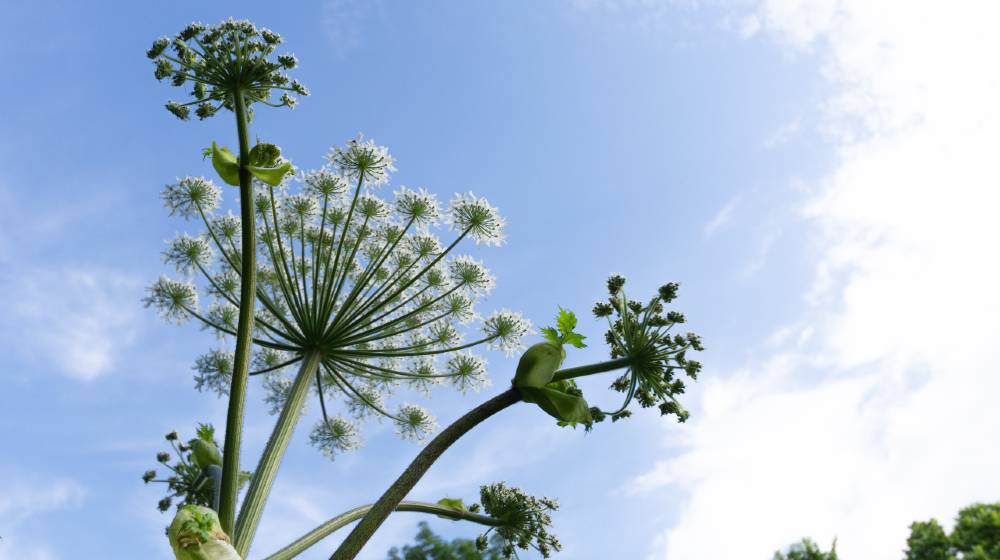





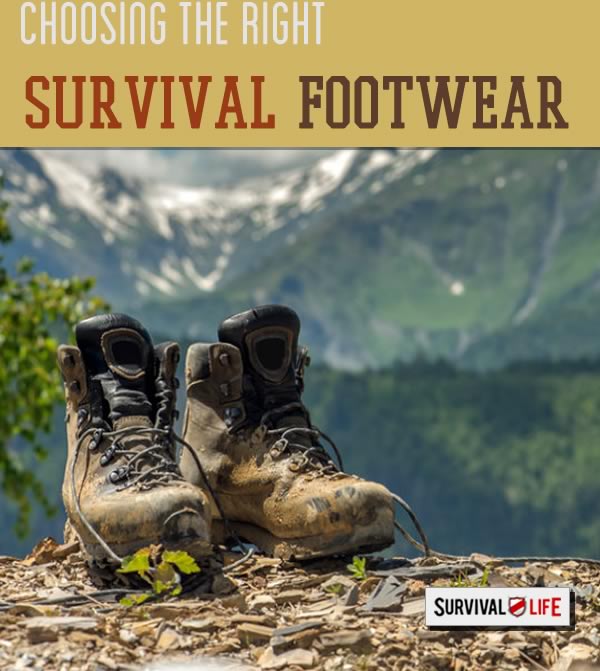







An
July 11, 2021 at 6:11 PM
Hey just a heads up: The image in this article for the poison sumac is not correct. The sumacs with red berries are edible, those red berries are actually used to make a very tasty beverage. And the leaves do not cause a rash.